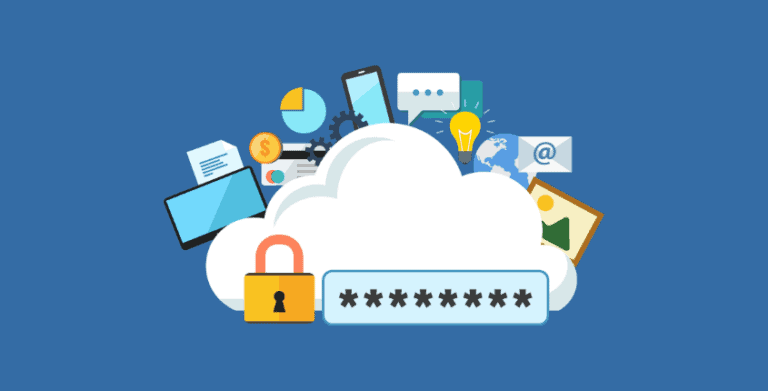Bad Data is Bad for Business: How to Improve Data Quality
The cost of bad data is an astonishing 15% to 25% of revenue for most companies.
(sloanreview.mit.edu)
What is bad data?
Every company has some amount of bad data. Bad data can come in the form of incomplete information, false information, duplicate records, and irrelevant information, but whatever form it takes, bad data can negatively impact business performance.
Bad business data costs you money.
Bad data can cost you in a variety of ways.
- Consider how much time employees spend searching for the right piece of information, sifting through irrelevant data or checking multiple systems.
- When you make business decisions based on false or inaccurate information, you end up with bad business decisions. For example, you may price your products or service incorrectly – or ship to a wrong location.
- Poor quality data can result in shipping mistakes, poor customer service, and quality issues that degrade the customer experience.
Where does bad data come from?
- Human error. It’s difficult to catch when someone enters a name, phone number, or zip code incorrectly. Poor data quality can also happen when information is entered into the wrong field, spelled incorrectly, or formatted inconsistently.
- Poor data collection methods. If you survey customers and ask if they like red or blue, but really they’d prefer green, you have no way of knowing this.
- Inadequate systems. Your business databases may not have the right fields to collect the information you need. Employees then often work around the system, using comment fields or creating external spreadsheets that make the information difficult to report on. In addition, different departments may use different systems, creating data silos that make it difficult to reconcile information. For example, a field like “category” might mean type of product in one system, but type of contact in another.
- Poorly maintained processes. Let’s say you build a database that contains the key decision makers for all of your clients. If you don’t continually update these records, within just a few years, this information will be incomplete and possibly even obsolete.
How do you begin fixing bad data?
You may think of data management as the responsibility of the IT department, but business users are the ones who really own and consume the business information. They’re the ones talking to customers. The IT Team can make the data cleanup process easier and faster, but achieving ongoing data quality is a team effort.
Start by deciding that good quality data is important to your organization. Having a high-level executive or business owner as the project champion helps employees understand that this project is a priority. A perfect time to clean up data is before migrating to a new business system. There’s a natural opportunity to clean out stale data and get a fresh start.
How we can help with the data cleanup process
As an IT provider, we can help you clean up your data before a software implementation so you only bring good, high quality data into the new system. A vast majority of problems can be avoided by creating a quality framework and pre-processing the data before import.
Through our data management services, we can help you find the key insights you’re looking for and fix your bad data by:
- Removing duplicate records and outdated records
- Fixing spelling errors
- Joining tables and records from multiple systems
- Identifying needed field types, like using drop-downs to reduce human error
- Creating approval processes
- Setting up validation processes to enforce formatting of phone numbers, emails and zip codes
Please reach out to let us know how we can help with your data cleanup processes.

Frequently Asked Questions
How can bad data impact your business?
Bad data will cost you money in a variety of ways.
-Consider the time employees spend searching for the right piece of information
-Business decisions based on false/inaccurate information are bad business decisions.
-Poor quality data can result in shipping mistakes, poor customer service, and quality issues.
Why is bad data bad?
Bad data can come in the form of incomplete information, false information, duplicate records, and irrelevant information, but whatever form it takes, bad data can negatively impact business performance.
How can I fix bad data?
We can help you fix your bad data by:
-Removing outdated records
-Fixing spelling errors
-Joining tables and records
-Creating approval processes for the future
-Removing duplicate records







